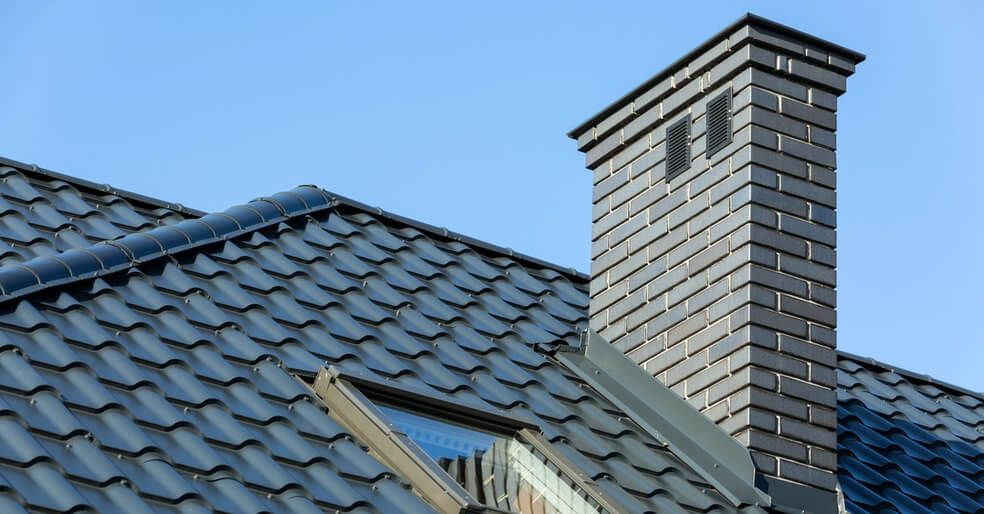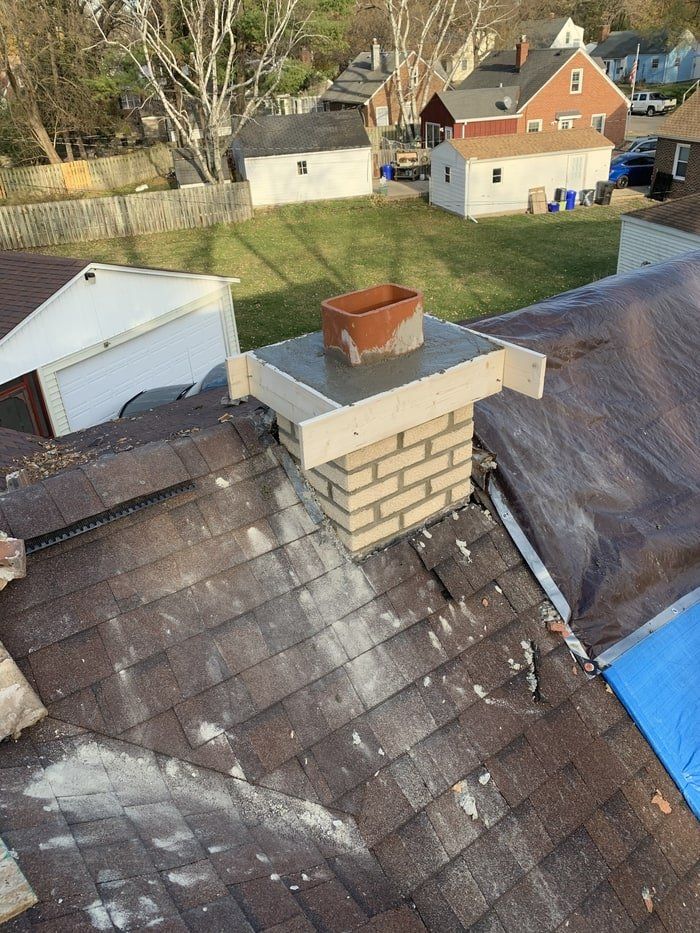Does a brick chimney have to be lined?
When you live in places that have unpredictable weather, your home tends to take too much abuse, especially when you are located in an area where there can be too much rain, heat, snow, and wind at certain times, you will need to have extra protection in place to make sure that the parts of your house will not be damaged.
Unfortunately, your chimney is one of the parts of your home that is first to be damaged because it is placed on your roof and will be the part to take the initial jabs and punches. When you want your chimney to last especially if it is made with brick, you need to secure it by making sure it is equipped with the “necessary gear.”
Chimney liners can serve as a protective barrier for your chimney. Depending on the type you have, it may be optional or extremely crucial for your chimney to have.
What is a chimney liner?
Many homeowners are not aware of what a chimney liner is and what they look like, mainly because it lasts a long time and does not need that much maintenance. If you had your home for a couple of years or have recently moved in, you may get your chimney inspected and have the expert tell you that you will have to get the existing one replaced or even be surprised that your chimney does not even a liner installed in the first place.
Chimney liners are also called a flue liner which is often placed inside your chimney. These flue liners can be made of various materials, though the ones made of clay and metal are the most popularly used. Chimney liners are very beneficial to a chimney and help prevent fires and damage to happen to it.

Slide title
Write your caption hereButton
What does a liner do?
As stated above, liners are very beneficial to your chimney. In fact, having one installed can protect you, your loved ones, and your home.
What are the benefits of having a chimney liner?
1.Chimney liners help protect your home from damage
When you do not have a chimney liner and is still making use of your chimney, your masonry will be more susceptible to deterioration and damage. This is because the smoke that is supposed to exit your home through your liner is being stored inside the walls of your chimney instead and will eventually seep through the cracks and spalling in your brick that is also probably caused by old age.
2. Chimney liners help protect your home from fires
If you do not have a chimney liner, the smoke that does not exit your chimney properly can join with the buildup that is the byproduct of the burning in your fireplace and overheat. When the soot and creosotes reach a dangerous amount and are not cleaned, this is one of the main reasons for chimney fires to happen. Fires due to chimneys often happen in the United States and there are almost 30,000 cases of these fires that happen every year.
3. Chimney liners help protect your family from carbon monoxide poisoning
Also called the “silent killer” in the US, carbon monoxide poising can unfortunately happen when there is no liner on your chimney. Carbon monoxide is produced in fireplaces when materials such as wood, oil, kerosene, and charcoal are burned. This gas is harmful to humans and due to its invisibility and odorless property, it has sadly claimed a lot of lives in many countries. When you do not have a liner, the fumes that are supposed to exit your home can damage the mortar around your fireplace and can eventually leak into your living room and to the other parts of your house.
4. Chimney liners are often required by local building codes
At the present, many counties and cities require homeowners who have chimneys in their homes to have a liner installed. It is recommended to have your chimneys inspected annually to make sure that it is safe to use during wintertime. Many owners try to have their chimneys inspected before the cold season to save money as it can be more expensive to have chimneys maintained in the winter.
Why do some chimneys not have liners?
So far, it is apparent that liners are very beneficial to a chimney. However, if they are indeed important, why do some chimneys not have liners installed? If you have a chimney that does not have a liner, this can be because your chimney was probably built many decades ago. Back in the early years, chimney liners are not yet required. It was only in the year of the 1980s where chimneys are tested due to safety concerns and has been noted to actually be more hazardous if there is no liner inside. This resulted in mandates that require homeowners to install chimney liners and was effective in bringing down cases of fires and poisoning due to chimneys.
If your chimney is not that old but still does not have a liner in place, it can also be due to the preference of the old owners or they may have removed it because it needs to be replaced.
Is it safe to have a chimney liner?
Chimney liners are generally safe and help keep you and your home secure. When they are properly installed by chimney professionals, you can guarantee the safety of your family when you are using your chimney. Just make sure to have the yearly inspections done and to keep it clean to avoid problems.
How much does it cost to have a chimney liner installed?
If you do not have a chimney liner yet, getting one is a worthy investment. No homeowner should scrimp on costs that they will probably regret later on. The cost to have a chimney liner installed will vary on different factors such as the time you will have it done, the size you will need, and the materials you want to use, plus the labor.
On average, installation costs can start at around $10 per foot for clay liners and $65 per foot for liners made with stainless steel. There are also extra costs to have a chimney liner installed. Your contractor may need to secure a permit and will have to do the inspection and cleaning before doing the lining work.
It is important to hire experienced contractors who really know what they are doing. You will need to find licensed chimney contractors in your area that you can trust to do the work properly. If your chimney is old or your roof is steep, it can be extremely dangerous for you and beginners to do the service. Ask your contractor if they are insured before starting the work. Many experts offer free quotes to let you know if they fit your budget.
How long does a liner last?
Chimney liners last a long time as long as they are properly used, cleaned, and maintained. Depending on the material of your liner, it can usually last around 15 to 20 years. Low-quality materials that have not been installed properly will not last long and can be dangerous, which is why it is important to seek expert help.
Which type of liner would be best for your chimney?
There are many types of chimney liners available, and each of them has its own pros and cons. To determine the best liner for your chimney, you will need to keep several factors in mind, such as your need and budget.
Clay Tiles are the most common and the least expensive liner that is available. However, they cannot take too much heat and will probably not hold long if often exposed to it.
Metal Liners are often made with either aluminum or stainless steel and is extremely durable, however, they are significantly more expensive than clay tiles. Cast-in-place Liners are extremely lightweight and provides great installation and is safer to use, but is the most expensive type that is more difficult to install.


